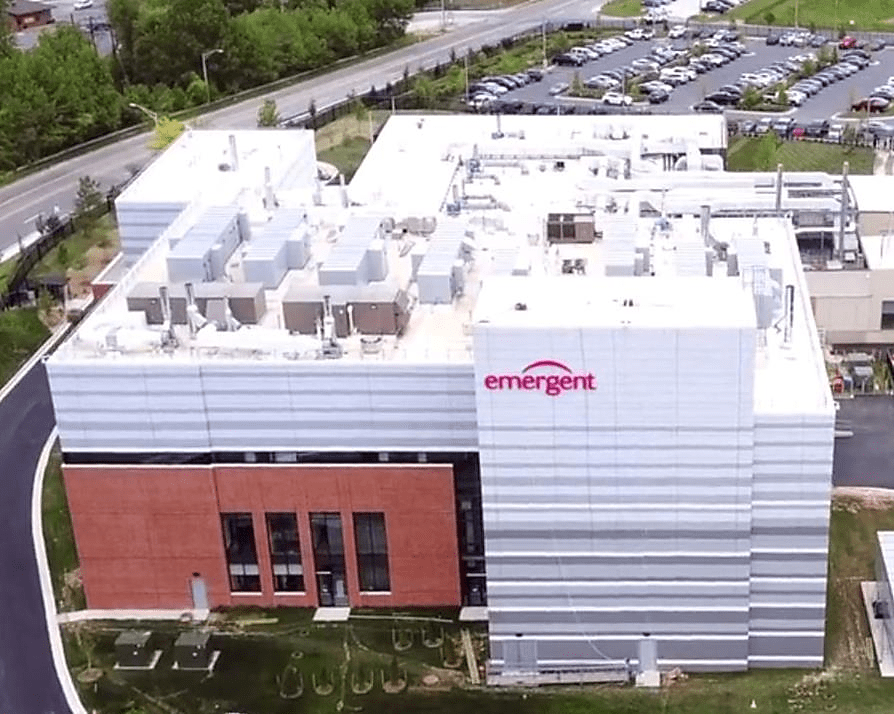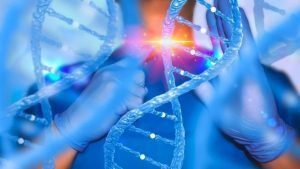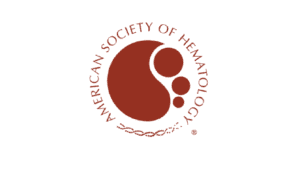
The Storied 25 Year History Behind the Baltimore Biotech Manufacturing Facility Producing COVID-19 Vaccines
Emergent Biosolutions’ vaccine manufacturing plant in Baltimore has been the subject of many headlines this past year for its’ role in producing several COVID-19 Vaccines. However, the history of this facility goes back more than two decades.
For the past 25 years, this Baltimore biopharmaceutical facility has played a significant role in Maryland’s life sciences ecosystem. Over the course of its life, the building has gone from being home to vaccine and small molecule manufacturing to the development of countermeasures for biologic threats, including COVID-19.
The 56,000 square-foot building located at 5901 East Lombard Street in East Baltimore first opened its doors in 1996 on the Johns Hopkins’ Bayview Research Campus. The GMP facility was constructed to provide needed biomanufacturing space to support the state’s blossoming biopharma industry. The site was developed to support the manufacture of biologics and vaccines for use in early-stage clinical research through commercialization.
The site was owned and developed by the Maryland Bioprocessing Center, Inc. (which later became MdBio). The goal was to both enhance Maryland’s bioscience infrastructure and generate revenue that could then be used to fuel the state’s burgeoning bioscience industry.
Following its opening, the state-of-the-art multi-tenant biomanufacturing facility was leased to BioScience Contract Production Corp (BSCP), a contract biomanufacturing company. Shortly after the facility was leased, BSCP landed a major tenant – pharmaceutical giant, Merck. The company used the facility to manufacture some of the bulk materials necessary for its vaccines.
For several years, the Biocenter continued to build a strong reputation as it added additional life sciences tenants. That increasing reputation drew increased interest from outside parties. In 2000, the four-year-old facility was acquired by Cambrex Corporation in its acquisition of BSCP. In its announcement, Cambrex said the acquisition provided it with a biopharmaceutical manufacturing facility that contained “four bioprocessing and purification suites for a variety of therapeutic and diagnostic biopharmaceutical products including recombinant proteins, enzymes, plasmid DNA, monoclonal antibodies, and vaccines for clinical and commercial requirements.”
Following its acquisition of the site, Cambrex set out to expand capacity at the Biocenter to include microbial and mammalian cell production of additional biotherapeutics. As a Cambrex asset, the site became a contract manufacturing facility for its partners. Under the guidance of Cambrex, the facility continued to prosper, as did the state’s biotech ecosystem.
In 2006, ownership of the Biocenter once again changed hands. That year, Swiss contract development and manufacturing organization Lonza acquired the site, along with other Cambrex assets, in a deal valued at $460 million. However, the Bayview Biocenter was about to enter a rocky phase. Within a year, Lonza shut down operations at the site and issued pink slips to roughly 120 employees at the facility as part of a business consolidation plan. At the time, a company spokesperson told the Baltimore Sun that the Maryland facility “offered limited space” for needed expansion. As a result, the Bayview facility would have to be shut down for 10 months in order to undergo necessary expansions, the spokesperson said.
But, it didn’t take long for the Biocenter to make a comeback. The building was acquired in 2009 by Emergent Biosolutions. Emergent snapped up the property in order to expand its production capabilities infrastructure. This would allow the company to pursue government contracts for biodefense and pandemic response. Following the acquisition, Emergent initiated a renovation of the facility in order to meet its needs. The site’s footprint was doubled from 56,000 square feet to 112,000 square feet. Emergent said the expanded facility included an upgraded laboratory and flexible manufacturing space capable of supporting the manufacturing of drug substances from microbial, cell culture, or viral production platforms, and rapid production turn-arounds utilizing single-use technologies. In 2018, the facility expansion project won international recognition from ISPE as a Facility of the Year runner-up.
When Emergent relaunched the facility in 2017, the Bayview manufacturing plan became a lynchpin in Emergent’s strategic plan. That year, the company reopened the facility as the company’s Center for Innovation in Advanced Development and Manufacturing (CIADM). It became one of three sites designated by the U.S. Department of Health to support the Biomedical Advanced Research and Development Authority (BARDA) and with the advanced development and manufacturing of medical countermeasures for national security and public health emergency needs. That meant that the new facility had some impressive capabilities, including the ability to;
- Manufacture, test and release 50 million doses of novel pandemic flu vaccine in its final dosage form within four months of pandemic threats.
- Produce a total of 100 million doses within six months of declaration.
While the Bayview site has a storied history, like most things of age, it bears scars. Now, the Bayview facility is one of Emergent’s manufacturing sites playing a vital role in the battle against the ongoing COVID-19 pandemic – a role for which the modern facility was made.
It’s at that facility that Emergent focused on manufacturing Janssen Biotech’s single-shot vaccine against COVID-19. However, earlier this year the facility was flagged by the U.S. Food and Drug Administration (FDA) following a materials mix-up during the vaccine manufacturing process that forced the destruction of millions of doses of the life-saving medication. That mix-up happened after materials that went into AstraZeneca’s COVID-19 vaccine, which is not authorized for use in the United States, was swapped with materials for the J&J vaccine, which is authorized in the U.S. It is not uncommon for some production errors to happen in the manufacturing process, which usually gets caught by the industry-regulated quality procedures. This one just happened to be under the spotlight of the world.
As Emergent course-corrects the errors that occurred at the site, the Bayview facility will no doubt continue to play a significant role in the state’s vibrant biomanufacturing industry well into the future.







